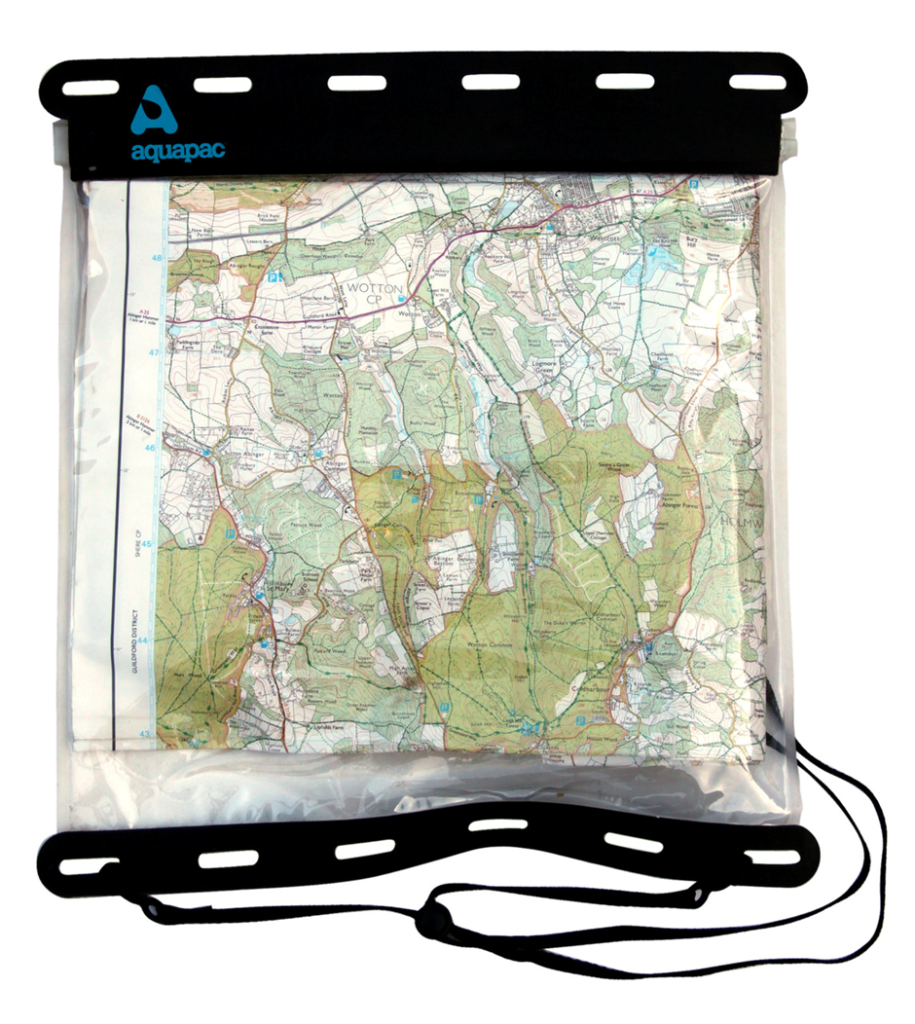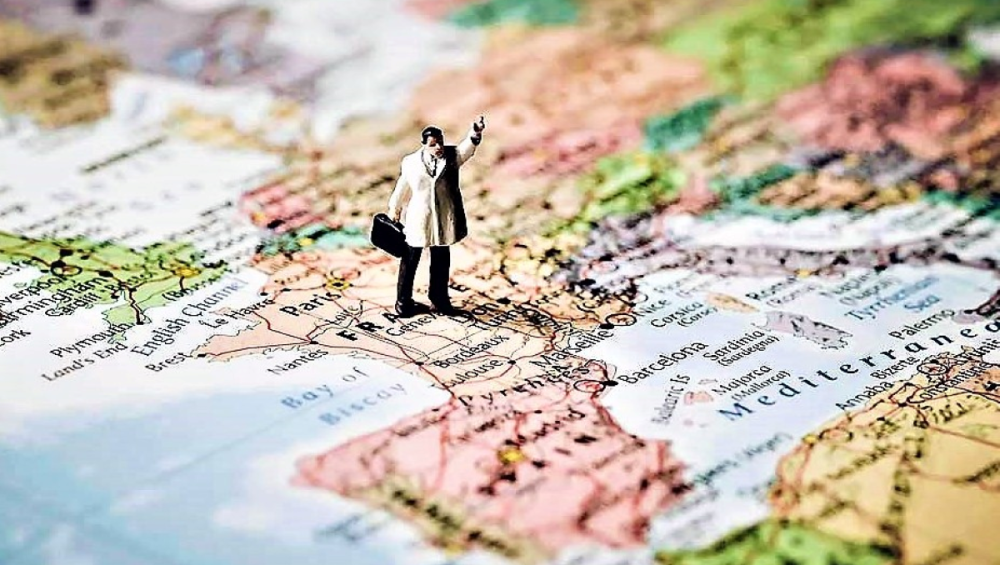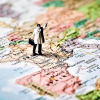In an age dominated by advanced technology and GPS navigation systems, there is something undeniably charming and adventurous about traveling with paper maps
The Art of Traveling with Paper Maps
While digital maps offer convenience, paper maps can provide a sense of connection to the terrain, enhance spatial awareness, and encourage exploration off the beaten path. In this comprehensive guide, we will delve into the art of traveling with paper maps, providing you with the knowledge and skills necessary to navigate the world with confidence.
1. Choosing the Right Maps:

Before embarking on your journey, it is crucial to select the appropriate paper maps. Start by determining the scale and level of detail you require. If you’re planning an urban exploration, city maps that highlight streets, landmarks, and attractions would be ideal. For outdoor adventures, consider topographic maps that showcase elevation, trails, and natural features. Ensure that your maps are up-to-date and accurate, as outdated information can lead to unnecessary confusion or misdirection.
2. Understanding Map Symbols and Legends:
To effectively navigate with paper maps, it is essential to familiarize yourself with the symbols and legends used. Each map comes with a unique set of symbols that represent various geographical features and landmarks.

Take the time to study the legend or key provided with the map, as it will decode the meaning behind these symbols. Understanding symbols such as roads, rivers, contour lines, and landmarks will enable you to interpret the map accurately during your travels.
3. Mastering Map Reading Skills:
Reading and interpreting a paper map is a skill worth mastering. Here are some fundamental techniques to enhance your map reading abilities:

a. Orienting the Map: Align the map with the actual direction you are facing. Use prominent landmarks, such as mountains or buildings, to match the map to your surroundings. This step ensures that the map corresponds accurately to the physical world.
b. Identifying Your Location: Look for recognizable features on the map that are visible in your immediate vicinity. Natural features like rivers, lakes, and mountains, as well as man-made structures such as roads and buildings, can serve as reference points to determine your location.
c. Understanding Contour Lines: Contour lines depict changes in elevation and provide insights into the terrain. Familiarize yourself with contour intervals and the spacing between contour lines to gauge the steepness of slopes or identify valleys and ridges.
d. Estimating Distances: Pay attention to the scale of the map, which indicates the relationship between distances on the map and the actual ground. Use the scale to estimate distances accurately and plan your journey accordingly.
e. Plotting Routes: When planning a route, identify major landmarks, intersections, and key points of interest along the way. Use a pencil or marker to trace your intended path, marking important waypoints and potential deviations.
4. Complementing Paper Maps with Digital Tools:
While traveling with paper maps offers a unique experience, it can be advantageous to integrate digital tools to supplement your navigation.

Here are some ways to combine the benefits of paper maps with the convenience of technology:
a. Preparing Digital Backups: Before your trip, download offline map applications or save digital copies of maps on your smartphone or tablet. These resources can provide real-time location tracking, alternate routes, and additional points of interest.
b. GPS Devices: Consider using a GPS device that allows you to upload digital maps or enter coordinates. GPS devices can provide accurate positioning and navigation assistance, acting as a reliable backup to your paper maps.
c. Compass: A traditional compass is an invaluable tool for navigation, especially when traveling with paper maps. It helps you determine directions and orient yourself in unfamiliar territory, even without electronic assistance.
5. Planning for Contingencies:
When traveling with paper maps, it is crucial to be prepared for unexpected situations. Here are some essential tips to consider:
a. Weatherproofing: Invest in a map case or waterproof cover to protect your paper maps from moisture, dirt, and wear and tear. This precaution ensures that your maps remain readable and usable throughout your journey.

b. Carrying a Backup: Always carry an extra copy of your maps or printouts as a backup. Accidents or unforeseen circumstances can damage or make maps unusable, so having duplicates is a wise precaution
c. Interacting with Locals: Engage with locals to gather information and gain insights about the area you are exploring. They can offer valuable advice, recommend hidden gems, or provide directions that might not be on the map.
6. Embracing the Journey:
Traveling with paper maps allows for a more immersive and authentic experience. Embrace the adventure and spontaneity that come with navigating the world the old-fashioned way. Here are some suggestions:
a. Exploring Alternative Routes: While digital maps often offer the most direct path, paper maps allow you to discover alternative routes that might lead to unexpected wonders. Be open to taking detours and venturing off the beaten path.

b. Noting Points of Interest: Use your paper map to mark interesting landmarks, scenic viewpoints, or local attractions. This personalizes your journey and makes it easier to retrace your steps or share recommendations with fellow travelers.
c. Cultivating Spatial Awareness: By relying on paper maps, you will naturally develop a stronger sense of spatial awareness and a deeper understanding of your surroundings. This skill can enhance your overall travel experience and benefit future adventures.
Conclusion: While digital navigation tools have revolutionized travel, the charm and utility of paper maps endure. By choosing the right maps, mastering map reading skills, and supplementing with digital tools when necessary, you can confidently navigate the world with paper maps. Embrace the sense of adventure and exploration that accompanies this traditional approach, and revel in the unique experiences and memories that come from traveling the old-fashioned way. So, pack your paper maps, embark on your next journey, and enjoy the thrill of navigating the world with a touch of nostalgia.




